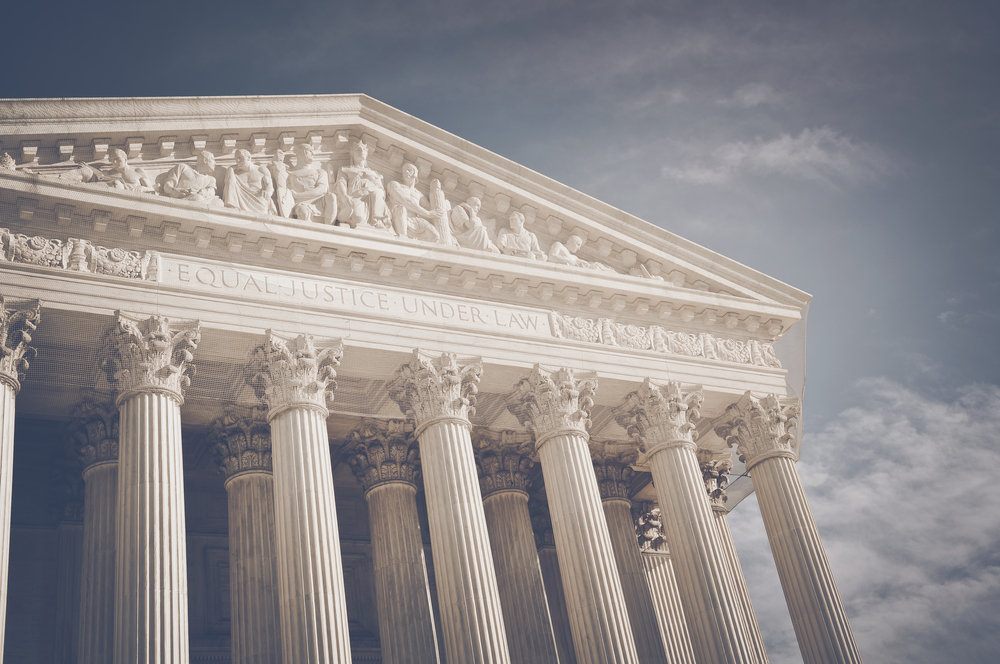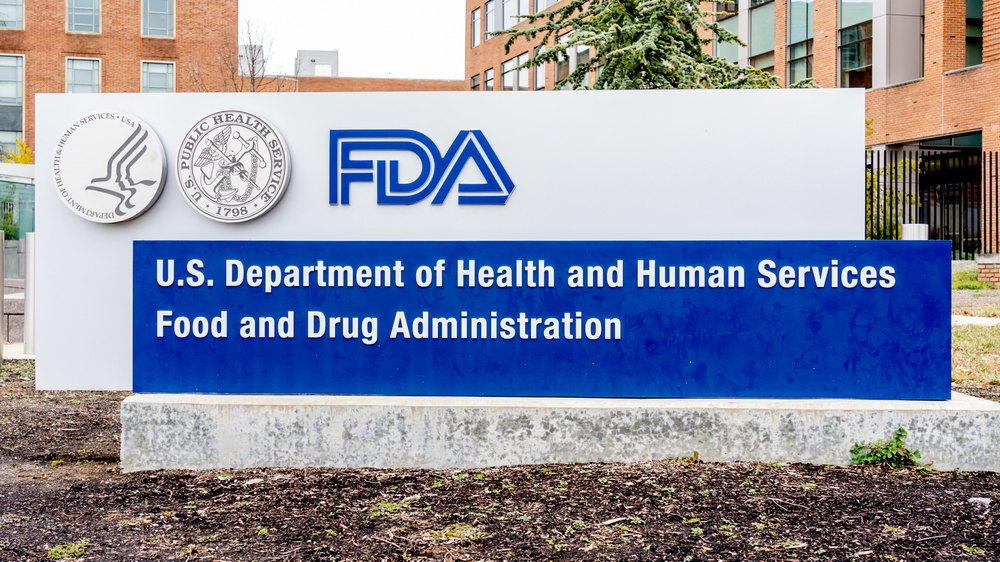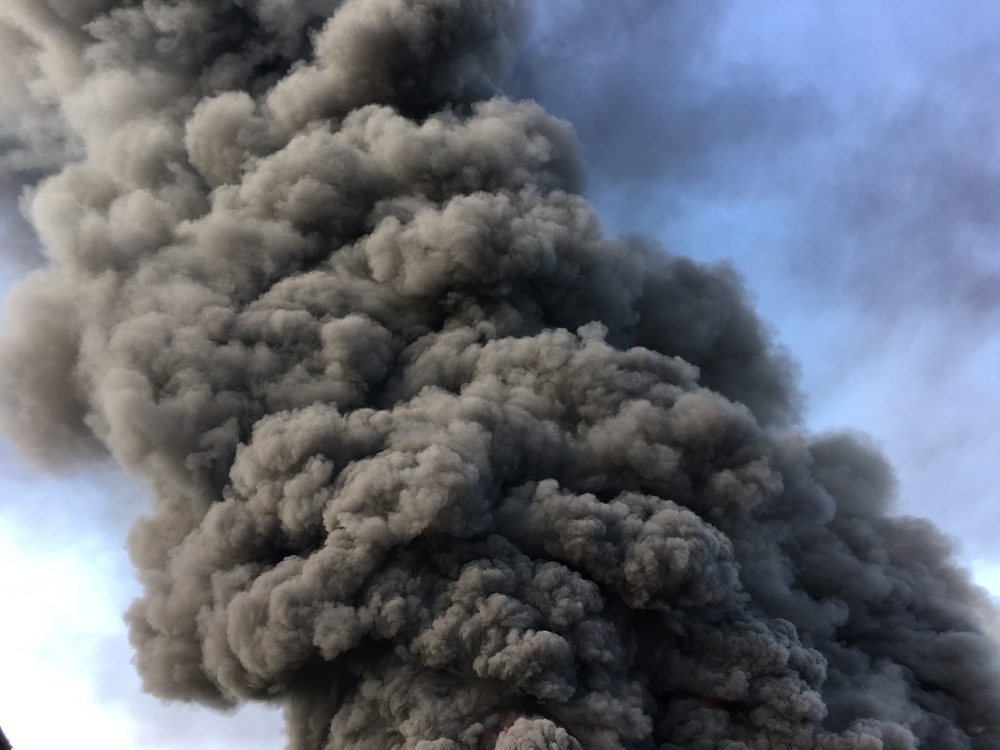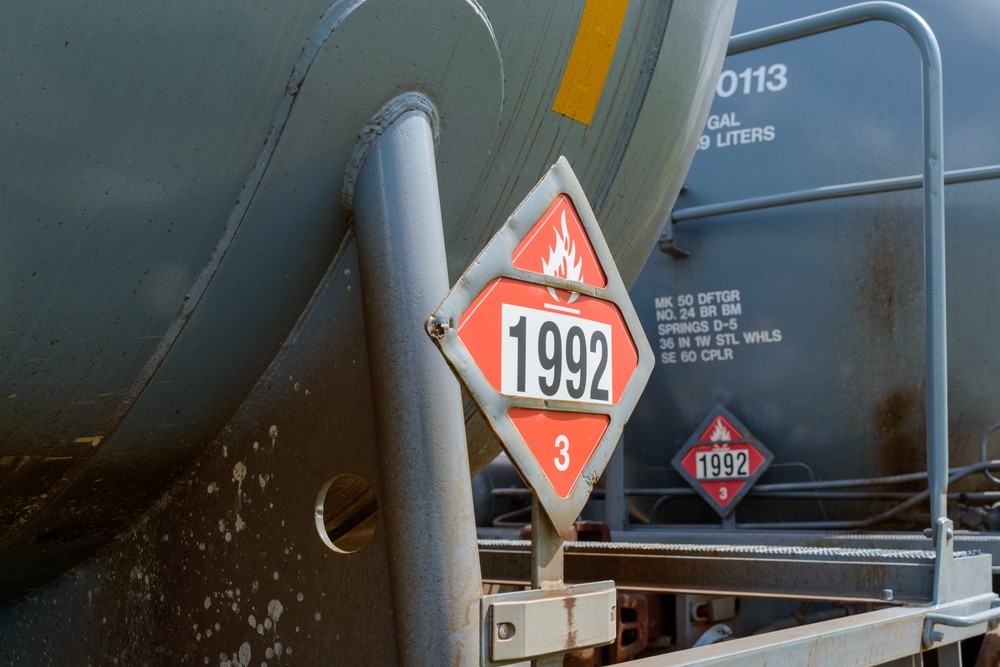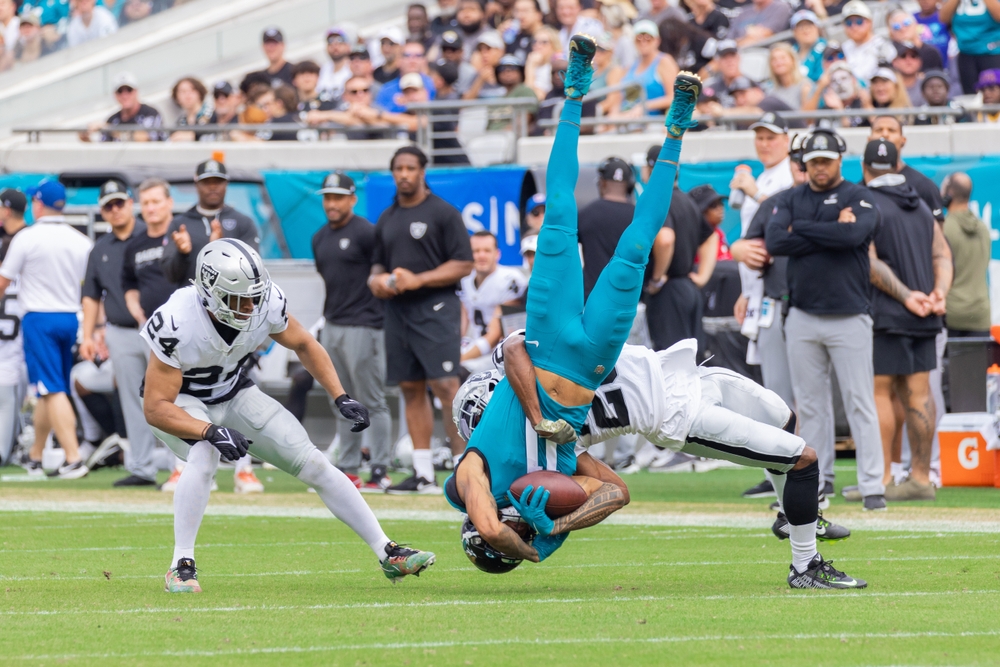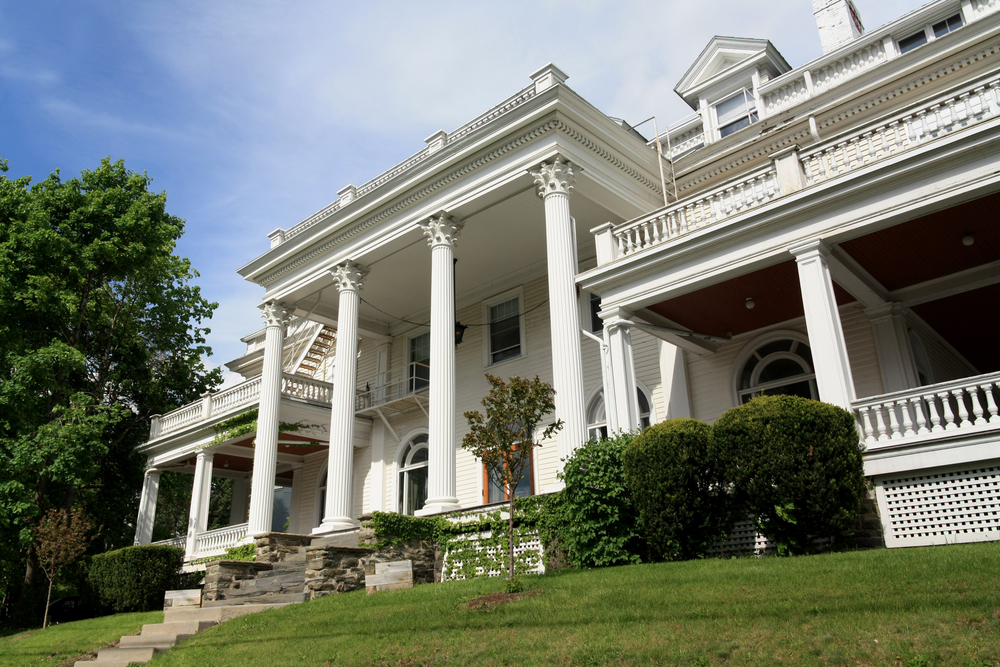Lawsuits Follow Miami Condo Collapse
On June 24, a major repair project at a condo was underway in Surfside, Florida to repair the roof. Contractors were supposed to start with the concrete repairs that morning. Instead, the Champlain Towers South condo collapsed at 1:30 a.m.
More than two weeks have passed since the initial collapse, and rescuers have recovered 64 bodies from the wreckage of the condo tower. There are 76 people unaccounted for.
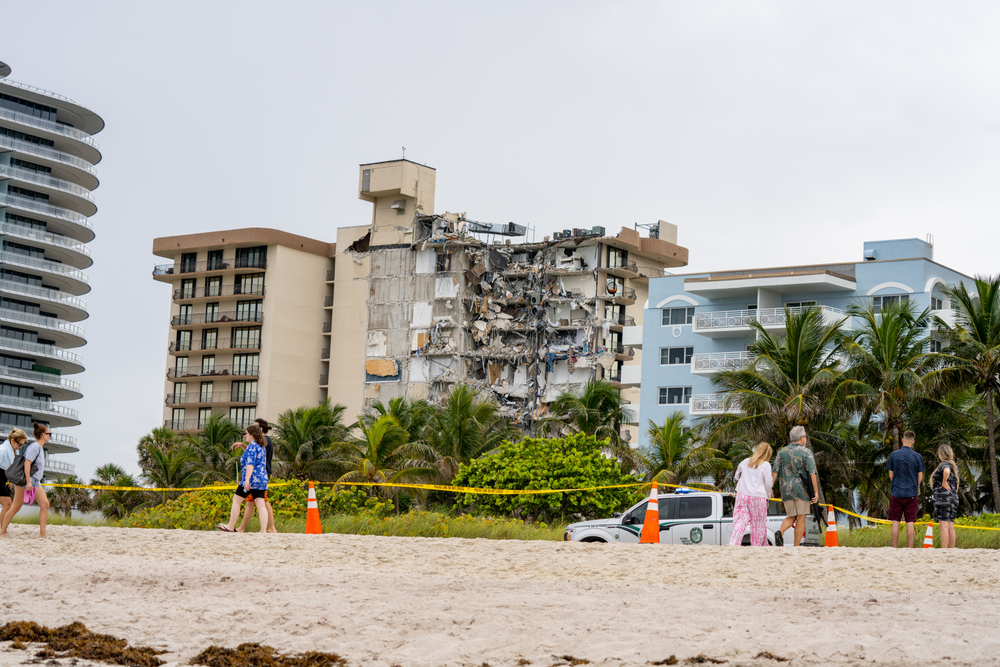
The 136-unit Champlain Towers South building and the Champlain Towers North condo were built in 1981. They were the first projects constructed in Surfside after a moratorium on developments in Miami-Dade County was enacted in the 1970s. The moratorium was issued after the county’s sewer and water systems were in ruins and unable to support new development. Developers of the Champlain Towers partially funded new sewer systems so they could begin construction.
Rescue Complicated by Risks and Weather
On July 1, rescue efforts were halted for 14 hours because of concerns from engineers over the structural integrity of the remaining building. They feared rescue crews would be at risk should the remaining building collapse on or near them. On Friday, July 2, Miami-Dade County Mayor Daniella Cava signed an emergency order to perform a controlled demolition of the south tower.
Tropical Storm Elsa was expected to complicate the rescue mission on Tuesday, July 6, with potential winds up to 60 miles per hour. Crews continued to search for the missing during the storm. By Wednesday the weather had cleared.
Rescue Mission Becomes Recovery
On July 7, officials announced that the rescue mission and search for those who may still be alive but trapped in the rubble was now a body recovery mission. In collapses of this nature, there is a specific amount of time they can be trapped before rescue becomes impossible, and that time has passed.
Based on search and rescue workers’ reports, the building collapsed downwards. Miami-Dade Fire Rescue Assistant Fire Chief of Operations Raide Jadallah attributed that to “the building collapse itself, the pancake, which gives you the lowest probability of survivability.”
“Typically an individual has a specific amount of time, in regards to lack of food, water and air,” he said in an interview with CNN. “This collapse, you know, just doesn’t provide any of that sort.”
In October 2018, a structural engineering report was issued by Morabito Consultants that detailed numerous structural damage to the concrete slab below the building’s pool deck. It also noted that the buildings themselves required extensive safety repairs. The report said that the concrete slab beneath the pool was flat rather than sloped. Any water trapped there would not simply run off as it should. Rather, it would sit there and evaporate, resulting in damage to the concrete. The consultants also found cracks in concrete walls, beams and columns, and that a previous repair to concrete in the parking garage had been completed incorrectly.
Republican state lawmaker Julio Robaina sponsored CS/HB995 in 2008, a law that would require condo associations to hire architects and engineers to submit reports every five years on how much repairs would cost. This law was repealed in 2010, and Robaina said it was due to pressure from the real estate industry, who claimed it placed too much burden on condo owners.
Who is at Fault?
The first lawsuit by residents and family members against the Champlain Towers South Condominium Association was filed within 24 hours of the collapse. Legal experts predict years of litigation as residents, victims, and family members look to find who was responsible. Liability in complex disasters like this is often divided amongst defendants.
At least two additional suits have been filed, including one on behalf of resident Steven Rosenthal, who survived the collapse. He filed under the presumption that failed maintenance caused the collapse.
Another suit filed on behalf of missing resident Harold Rosenberg includes the condo association, Morabito Consultants and SD Architectures as defendants for failing to warn residents of a potential building collapse.
Officials have highlighted the possibility of criminal charges, most likely manslaughter by culpable negligence. A 2006 liability law shortened the time period from 15 years to 10 years for plaintiffs to sue for certain defects in construction and design. The personal liability of engineers and architects has also been shortened.
As the recovery mission continues, additional lawsuits will likely be filed. As experts, county officials, residents and family members seek to determine who is at fault for this tragedy, liability for the enormous loss of life and massive property damage will surely be revealed.








